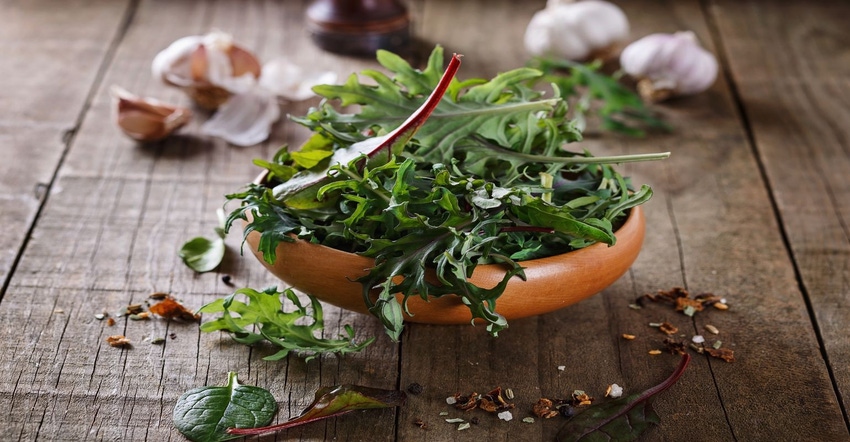A recent study published in the Journal of Nutrition shows a link between nitrate-rich diets and improved muscle strength and mobility.

When it comes to improving muscle mass and performance, protein has long been king. However, there’s more than one way to increase muscle and unleash one’s athletic best, and according to a recent study published in the Journal of Nutrition, nitrate-rich vegetables may be key (2021;nxaa415).
The objective of the study was to “examine whether habitual dietary nitrate intake is associated with better muscle function in a prospective cohort of men and women, and whether the relation was dependent on levels of physical activity.” To do so, a sample of 3,759 participants was drawn from the Australian Diabetes, Obesity, and Lifestyle Study (AusDiab). Habitual dietary intake was assessed over a period of 12 years via questionnaire. According to the study’s authors, “Nitrate intake was calculated from a validated nitrate database and other published literature. Muscle function was quantified by knee extension strength (KES) and the 8-ft-timed-up-and-go (8ft-TUG) test … Physical activity was assessed by questionnaire.”
The results suggested nitrate intake led to an increase in both strength, as measured by KES, as well as mobility, as measured by 8ft-TUG. Median intake of nitrates among all participants was roughly 65 mg/d, with about 80% of nitrate intake coming from vegetables. Those in the highest tertile of nitrate intake, with a mean of 91 mg/d, showed 11% better performance in the KES test and 4% improvement in the 8ft-TUG test compared to those in the lowest tertile (median intake 47 mg/d). Notably, these results were independent of physical activity, with the authors determining, “physical activity did not influence the relationship between nitrate intake and muscle function.”
“Basically, we are observing up to 11% stronger leg strength when you consume about one serving of nitrate-rich vegetables each day compared to individuals with low nitrate intake," said Marc Sim, Ph.D. and lead researcher. "This is quite significant, especially in the context of older people who are most at risk of falls and resulting injuries such as fractures."
Spinach, bok choy, kale, beetroot and cabbage are just a few examples of nitrate-rich vegetables suggested by the study authors. Leafy greens, plus certain fruits such as citrus, pomegranate and watermelon can also provide nitrates.
“Higher habitual dietary nitrate intake, predominantly from vegetables, could be an effective way to promote lower-limb muscle strength and physical function in men and women,” the study concluded.
About the Author(s)
You May Also Like






